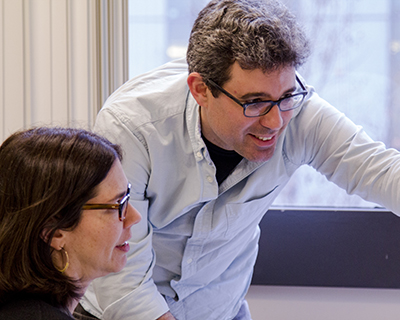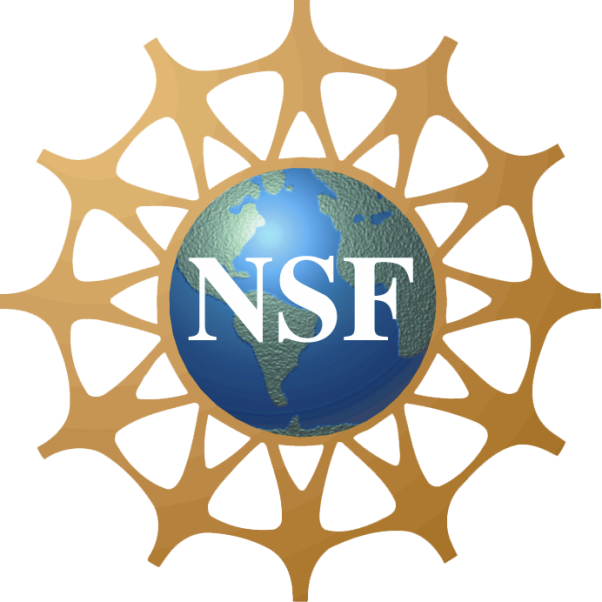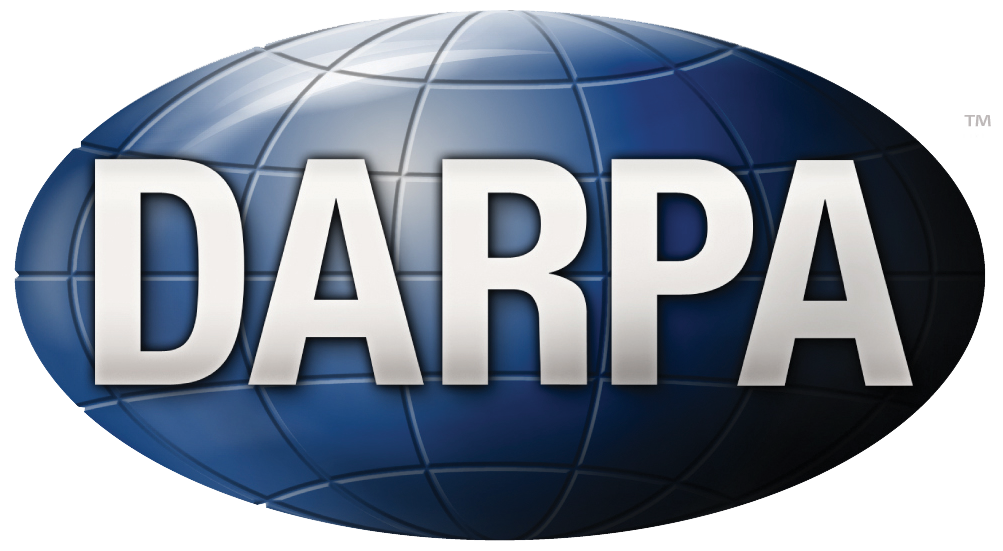Teaching
Undergraduate Teaching
UC Santa Cruz has always been ahead of the times in recognizing the key role that data and uncertainty play in everyday life. In 2009, UC Santa Cruz introduced Statistical Reasoning as a General Education requirement for all its undergraduate students.
Introducing the main concepts behind probability and statistics can be challenging even when students have quantitative backgrounds. Successfully doing it with an undergraduate population as diverse as that of UCSC is extremely difficult. It soon became clear to me that the standard “STATS 101” course would not work for a substantial number of our students. This motivated me to create a series of introductory courses that could fill this gap in our curriculum.
The first course in this series was Gambling and Gaming (AMS 080A), which I offered for the first time in the Fall of 2009. AMS 080A uses casino games such as roulette, quino and blackjack, as well as games of strategy such as poker, chess and tic-tac-toe to introduce students to probability, statistics and decision theory. Out of an effort to create material that for this course was borne my newest textbook, which will be published later this year:
Rodriguez, A. and Mendes, B. (2017) Gambling and Gaming: A Gentle Introduction to Probability, Statistics and Game Theory. Wiley.
The second course in this series is The Art of Data Visualization (AMS 080B), which I offered for the first time in 2014. This course is targeted at students from the humanities and the arts, and combines concepts from statistics, design, and cognitive psychology. I am currently
Graduate Teaching
I have taught many of our introductory graduate courses, including Introduction to Classical Statistical Inference (AMS 205B), Intermediate Bayesian Statistics (AMS 206B) and Linear Statistical Models (AMS 256). In addition, I have taught a number of elective courses in our program, including Stochastic Processes (AMS 263) and Bayesian Nonparametric Models (AMS 241).
I have recently been involved in an effort to strengthen the graduate service curriculum offered by out department. The first step in that effort was the introduction of a course on Applied Bayesian Statistics (AMS 206) targeting graduate students in other departments who have an interest in using Bayesian methods in their research. The next step is the introduction of a series of introductory courses covering statistical computing, data visualization, reproducible research, and data wrangling and targeted at non-statisticians. The first two of those course (AMS 266A and AMS 266C) will be offered in the fall of 2017.
Continuous Education
I regularly teach continuous education courses, usually in the context of various conferences. Below is a list of recent and upcoming courses:
- Applied Bayesian Computational Methods, Joint Statistical Meetings 2017, Baltimore.
- An Introduction to R and Data Visualization, 2016 Conference on Applied Statistics in Defense (CASD), Washington, D.C.
- Bayesian Computation, 2016 ISBA World Meeting, Sardinia, Italy.
- The Art of Data Visualization, Joint Statistical Meetings 2015, Seattle.
- Bayesian statistical methods - Congreso Bayesiano de América Latina (COBAL) 2015, Medellin, Colombia.
- Nonparametric Bayesian methods, 2014 ISBA World Meeting, Cancun, Mexico.
- Modern Computational Methods for Bayesian Statistics, Second Latin American School on Bayesian Statistics, Chetumal, Mexico.
- Bayesian Nonparametric Methods, 2013 Joint Statistical Meetings, Montreal, Canada.
- Bayesian Nonparametric Methods, Veracruz, Mexico.
- Bayesian nonparametric methods, Universidade Federal do Rio de Janeiro, Brazil.
- Bayesian Nonparametric Methods, 2009 Joint Statistical Meeting, Washington, DC.





